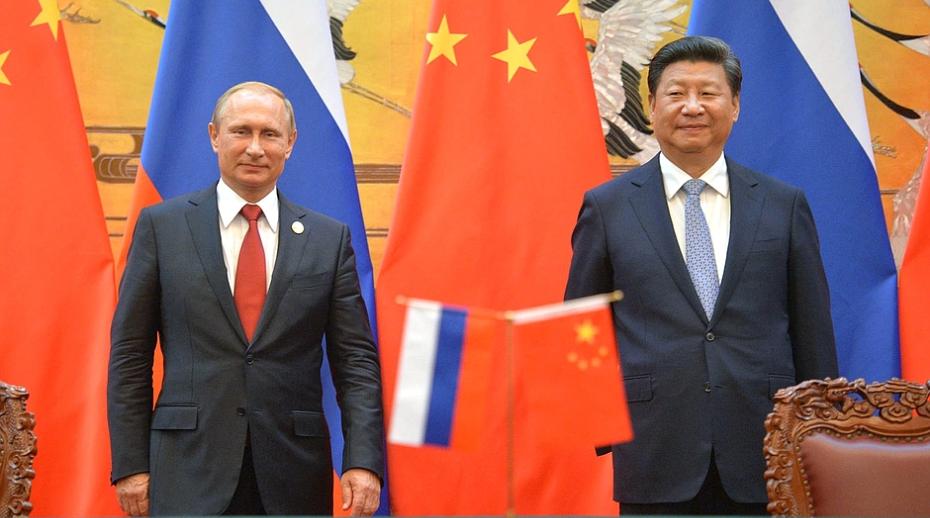
SIPRI is pleased to announce the publication of an edited volume of essays, entitled ‘China–Russia Relations and Regional Dynamics: From Pivots to Peripheral Diplomacy’, based on participant contributions to SIPRI’s expert workshop in January 2017 on the theme of Russia-China rapprochement.
Discussions of China–Russia dynamics are ubiquitous and yet prone to generalization. From platitudes on great power politics to often outdated analyses of their political systems, these studies provide interesting reads but are not always representative of current conditions and specific cases. To fill this lacuna, this report provides a range of essays from 27 experts from 13 countries in Asia and Europe.
Their case studies offer the reader first-hand exposure to voices from the region and concrete examples of Chinese–Russian interaction and its impact on North East Asia, South East Asia, South Asia, Central Asia and Europe. In covering everything from infrastructure building in Central Asia to nuclear weapon modernization in North East Asia, the report provides a baseline for further research into specific topics and trends.
Its main takeaways suggest that rather than forming an alliance, China and Russia are still negotiating their potential arenas of overlap and contention in non-traditional security spheres. The report illustrates this phenomenon with studies probing the role of the Silk Road Economic Belt and Eurasian Economic Union in Central Asia, the extent to which Russia is willing to negotiate its role as a gatekeeper in the Arctic, and the mismatched expectations and experiences in countries such as Belarus and Kyrgyzstan, among others. At the level of traditional security, Chinese and Russian convergence is even clearer. This includes their common threat perceptions driving advanced conventional and nuclear weapon modernization, interest in generating norms such as cyber sovereignty and shifting arms trade patterns in regions such as South East Asia and South Asia.
These case studies are intended as a baseline for further in-depth research into a range of issues, such as sustainability and strategic resilience under the Belt Road Initiatives, integration of the Eurasian Economic Union and the Silk Road Economic Belt in Eurasia, labour migration and economic penetration in the Arctic and South East Asia, territoriality and the South China Sea, hybrid warfare and cyber sovereignty, frameworks for counterterrorism in Afghanistan and Pakistan, the arms trade and its impact on South Asia, shifts in military exercises and signalling in Europe, nuclear modernization and escalation, as well as the deterrence effect of missile defence and hypersonic glide.
To this end, this report aims to move beyond conceptual generalizations to explore concrete examples of China’s and Russia’s engagement with Asia and Europe, focusing on the actions and reactions of regional stakeholders in shaping their own security environment.
About the report:
The report ‘China–Russia Relations and Regional Dynamics: From Pivots to Peripheral Diplomacy’ contains case studies from 27 experts from 13 countries. Over two days in January 2017, these experts assembled at a workshop of over 70 participants to discuss their research and analyses on China and Russia in both non-traditional and traditional security domains. From development to deterrence, these experts covered a broad range of issues impacting China–Russia rapprochement and regional engagement. By turning China and Russia from the subjects into the objects of inquiry, this report explores how regional actors view the impact of Chinese and Russian activities on their strategic domains in North East Asia, South East Asia, South Asia, Central Asia and Europe.